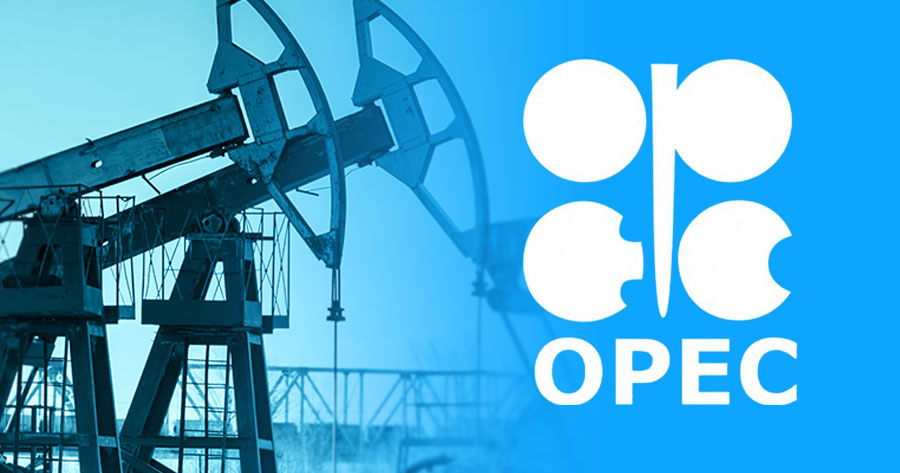
The move begins unwinding a second, roughly 1.65 million barrels-a-day layer of curbs imposed by eight members, bringing forward part of a tranche that had been slated to remain offline for much longer. It follows a rapid reversal of earlier restrictions between April and September that together added about 2.2 million barrels a day to official targets.
Delegates approved the change in a brief online meeting on Sunday, signalling confidence that inventories and demand can absorb additional supply without destabilising the market. The step marks a slower pace than the summer’s sizeable monthly hikes—about 411,000 barrels a day in July and June, and roughly 555,000 barrels a day in August and September—suggesting the group is calibrating flows to seasonal demand and refinery maintenance. Alliance speeds next phase of supply return.
The decision underscores the coalition’s strategic tilt toward recapturing barrels in key consuming regions after a period of price weakness and signs of ample non-OPEC supply. Analysts say the measured increase allows dominant members with spare capacity to expand sales while testing the market’s tolerance for higher flows ahead of the northern hemisphere winter.
Prices flickered as traders assessed the modest scale of the adjustment against expectations for slower demand growth. Brent edged higher around the announcement as the smaller-than-summer addition reduced the risk of a sharp surplus, though the broader outlook remains shaped by U. S. stock trends and supply from the Americas.
The accelerated return revives part of the additional voluntary cuts unveiled in April 2023 and subsequently extended, a framework that has been progressively loosened this year as the alliance sought to balance fiscal needs with market stability. Officials framed the latest step as consistent with a steady macroeconomic backdrop and “healthy” fundamentals, with low inventories cited as a supporting factor.
Saudi Arabia, which holds the bulk of effective spare capacity, is positioned to capture incremental market share as flows rise. The kingdom’s calculus blends commercial goals with a broader effort to reassert leadership within the producer group while maintaining room to slow or pause increases if stocks build too quickly. Market watchers expect future decisions to hinge on observed draws or builds in OECD inventories and the pace of supply growth outside the alliance.
The latest move also reflects coordination with Russia and other core members that have shouldered large portions of the voluntary restraints. While the 137,000-barrel-a-day addition is small relative to global demand, its signalling effect matters: it confirms the group will not wait until late 2026 to begin releasing the next tier of withheld barrels and is prepared to adjust cadence as conditions evolve.
Attention now turns to country-level allocations and compliance. Earlier quota increases this year included a targeted expansion for the United Arab Emirates, and the coalition’s ability to manage uneven capacity across members has been a defining test of cohesion. Traders will watch for updated secondary-source assessments to gauge actual production versus targets and for any signs of slippage among higher-cost or capacity-constrained states.
Forward guidance remains cautious. Some banks project a modest surplus emerging through late 2025 into 2026 as additional OPEC+ barrels meet robust output from the Americas, though they also flag low stocks and geopolitical risk as buffers against a steep price slide. If inventories start to rise materially, the alliance could decelerate or pause the unwind, preserving flexibility around subsequent monthly steps.
Topics
Live News
